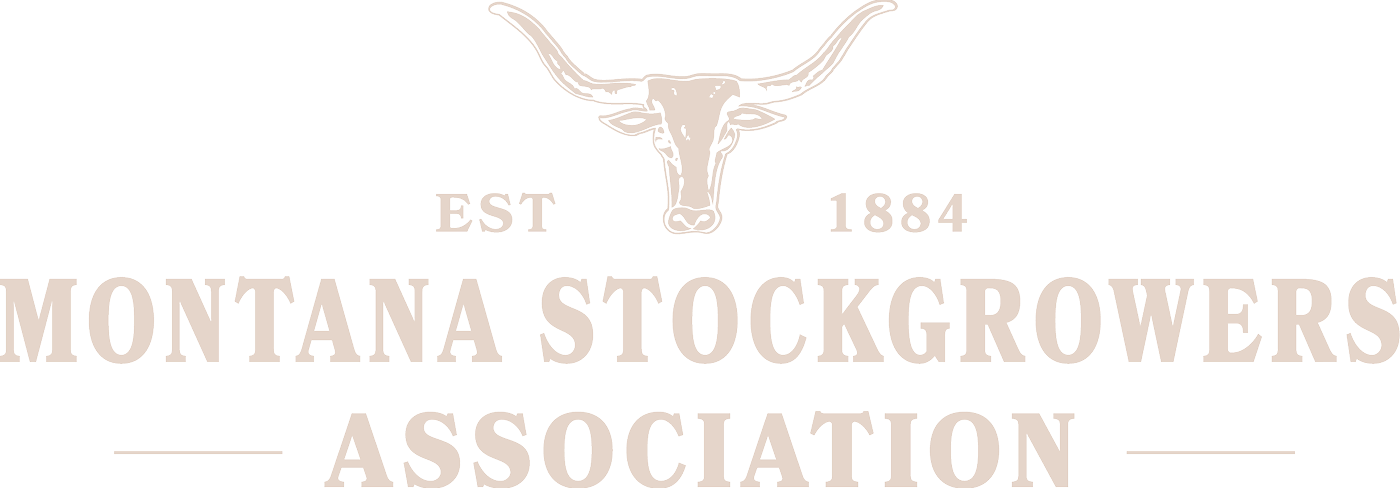In response to recent severe thunderstorms across Montana, MSGA has mobilized to provide ranchers with timely resources to help mitigate losses and support affected operations.
USDA Farm Service Agency (FSA)
USDA Farm Service Agency (FSA) disaster relief programs provide financial assistance to Montana ranchers impacted by drought, wildfires, blizzards, and other natural disasters. These programs help cover losses related to livestock, grazing land, and feed, offering critical support to keep operations running during tough times.
Montana Department of Agriculture Hail Program
Montana’s Hail Insurance Program offers affordable crop protection, with coverage up to $75 per acre for non-irrigated and $114 for irrigated land. Applications are accepted through August 15, and hail losses must be reported within two weeks and by October 1.
Contact information: (406) 444‑5429 | (844) 515‑1571 | [email protected] | Visit the website
Commissioner of Securities & Insurance
The CSI regulates the insurance industry in Montana and serves as the official advocate for Montana consumers in disputes with their insurance company.
Contact information: (800) 332‑6148 or (406) 444‑2040
Thunderstorm Preparedness
Thunderstorms in Montana can bring lightning, strong winds, hail, and flash flooding—posing serious risks to ranchers, livestock, and property. Since lightning often strikes people working outdoors, it’s important to prepare and make a safety plan before storms arrive.
Get PreparedMontana Disaster and Emergency Services – Current Situational Awareness
Montana Disaster and Emergency Services (MT DES) is actively monitoring the state for potential emergencies, particularly focusing on severe weather and fire season.
Current Situational Awareness